Oxygen-Deprived Dead Zones: Q & A
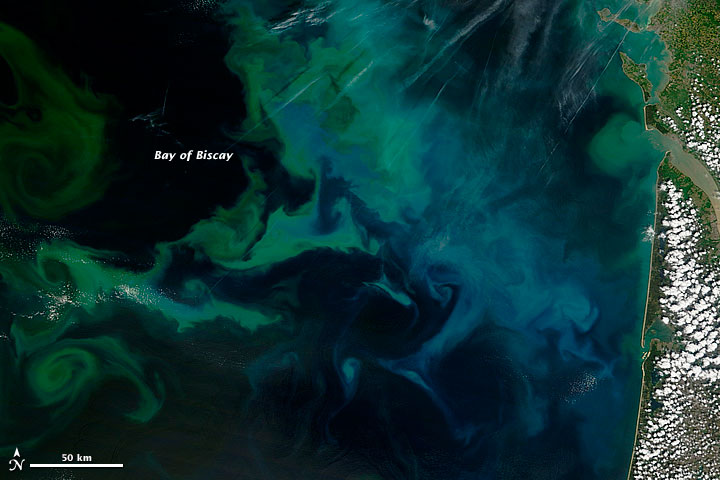
There are more than 400 known dead zones worldwide, covering about 1 percent of the area along the continental shelves. That number is almost certainly a vast undercount, however, since researchers have yet to adequately study large parts of Africa, South America and Asia.
Mercury in the Global Ocean

A new study provides the first direct calculation of mercury in the global ocean from pollution based on data obtained from 12 sampling cruises over the past 8 years. The results confirmed that the ocean contains about 60,000 to 80,000 tons of pollution mercury. In addition, they found that ocean waters shallower than about 100 m (300 feet) have tripled in mercury concentration since the Industrial Revolution.
India To Fund Renewable Projects By Doubling Tax On Coal
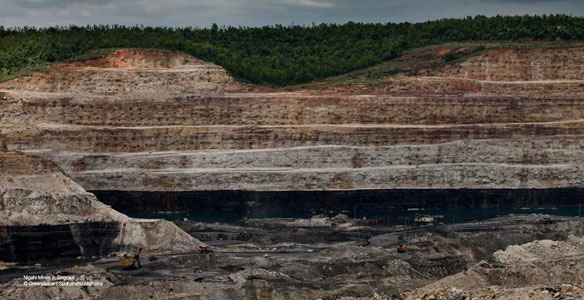
India’s new finance minister, Arun Jaitley, has announced plans to increase funding on India’s vast clean energy and environmental projects, by doubling the tax on every metric tonne of coal.
Barrier Reef Dredge Spoil Could Travel Further
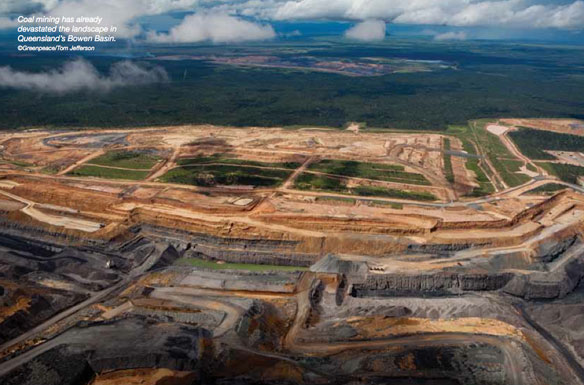
Three million cubic metres of spoil will be dumped in waters 20km from the reef as part of the expansion of Abbot Point port, affecting coral.
Whither Costa Concordia, Amid Environmental Concerns
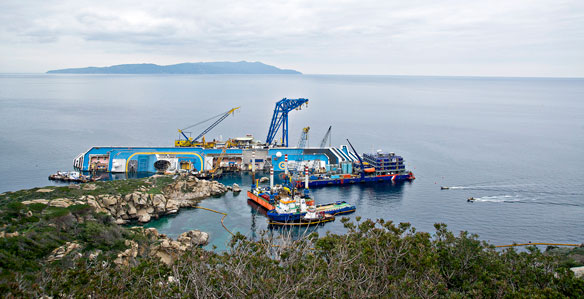
Two refloating sponsons is what separates the Costa Concordia cruise ship from leaving the shores of Giglio Island, Italy, but where it will then be towed is still an open question.
1 in 10 U.S. Beaches Fails Bacteria Test In Survey

Swimmers, take heed: Ten percent of water samples taken from U.S. coastal and lake beaches fail to meet safety standards set by the U.S. Environmental Protection Agency, a new report finds.
Fukushima Accident Still Ongoing After Three Years: Q&A
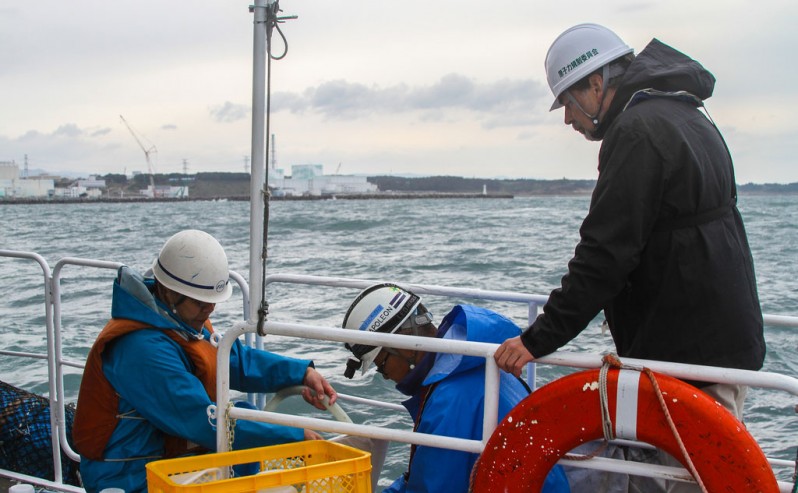
It has been three years since the nuclear accident in Fukushima, Japan. But the consequences are still ongoing due to continuous leaks of radioactivity into the environment, says independent nuclear energy consultant Mycle Schneider. It’s an unprecedented event in complexity, in size and in consequences.
Can Waterless Dyeing Processes Clean Up the Clothing Industry?

One of the world’s most polluting industries is the textile-dyeing sector, which in China and other Asian nations releases trillions of liters of chemically tainted wastewater. The wastewater from that industry is then dumped, often untreated, into rivers that bring its toxic content to the sea, where it spreads around the globe.
Slow-Motion Earthquakes Caused by Natural Fracking?
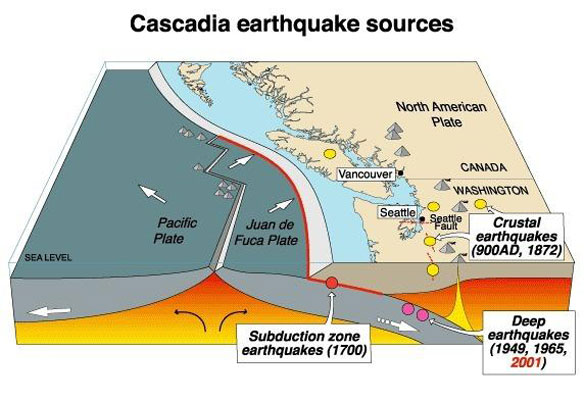
Natural fracking may be to blame for weird “slow” earthquakes that last for hours to days, a new study suggests.
